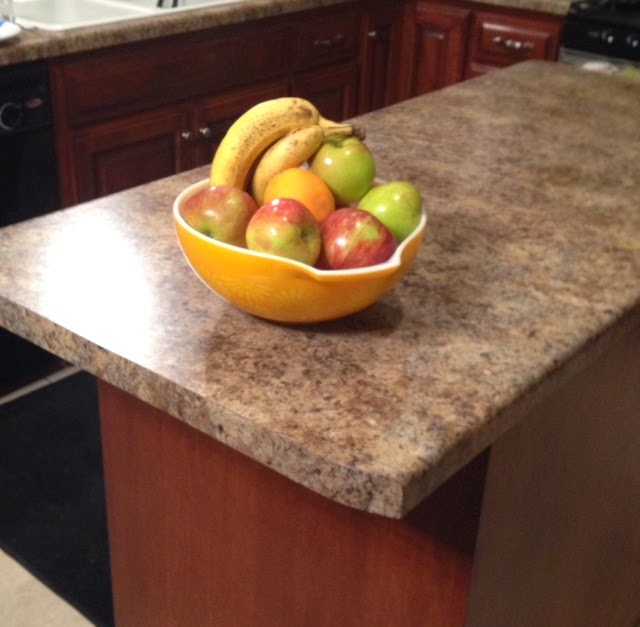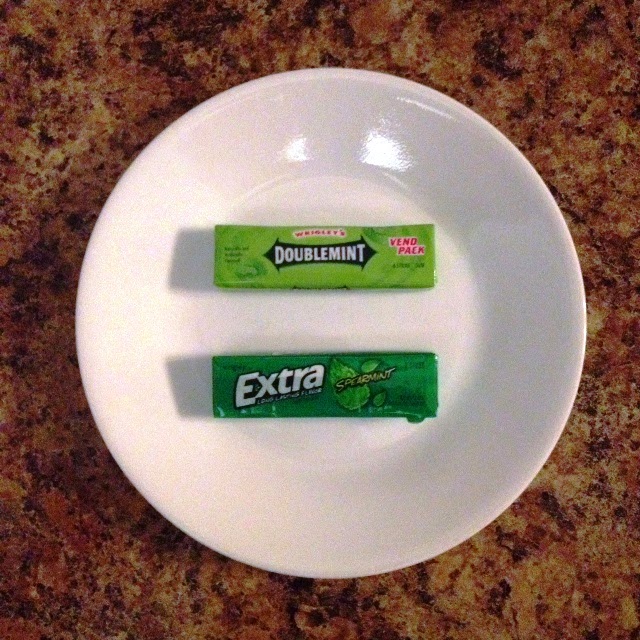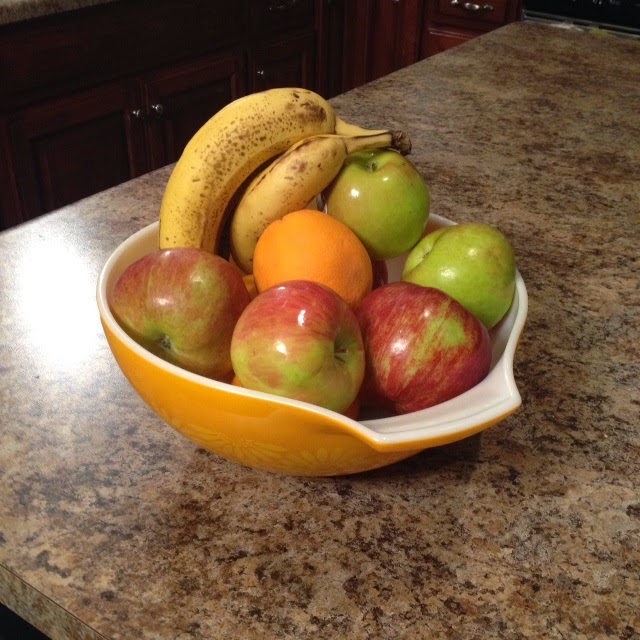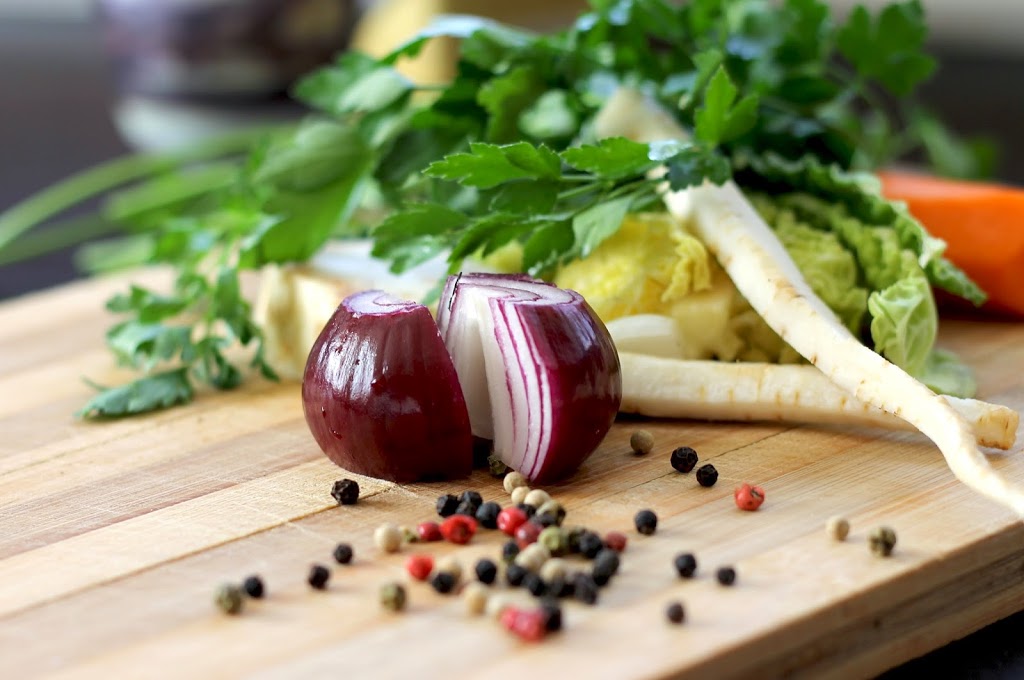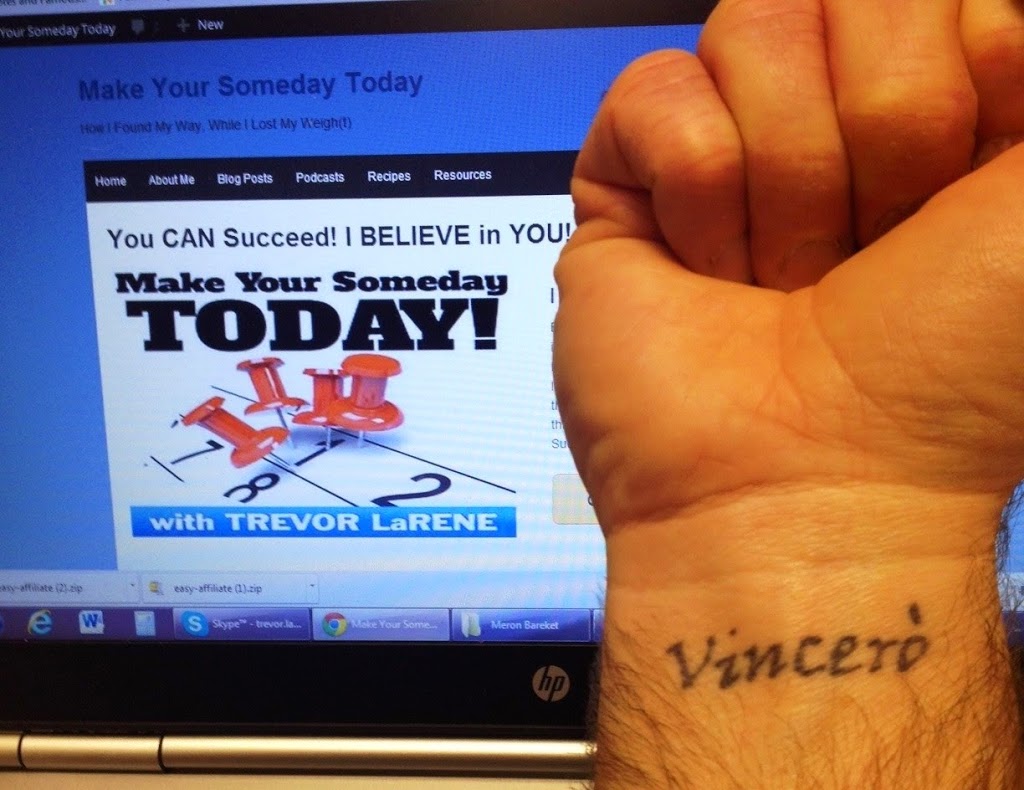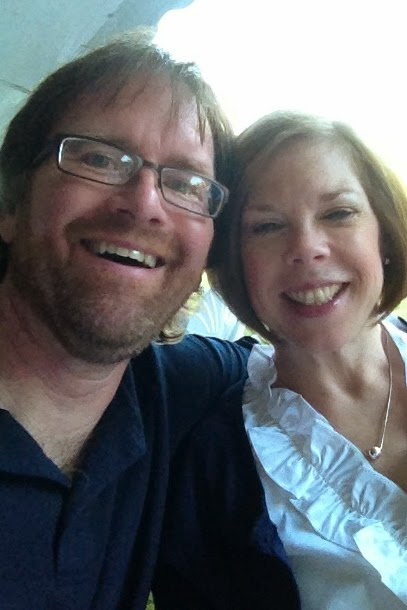weight loss
Five Secret Tricks to Regain Control of Your Eating (Part 4)
Welcome back to this series of life-changing tips which are very simple to use!
To recap, we use going to use the “Half Plate Habit” everywhere, chew gum while shopping, and move temptations at the office out of sight.
But many of us eat one or more meals away from home and office. What about when we eat at a restaurant? How can you use the “Half Plate Habit” when you are not in charge of plating your food?
I will offer a few simple actions. Oh, I know, you already know the trick about having the server pack up half the entrée before they even bring it to the table. That will prevent you from eating the entire meal without thinking.
(Do you do that? I don’t. I should, but I don’t.)
And we probably should order all those “heart healthy” foods. You know, those foods with the little heart logo. But do we? Not usually. Sometimes those foods just don’t look appetizing, or the portions seem too small, but for whatever reason, we ignore those options.
So what can we do? I have three simple suggestions.
- One is seating location. Ask for a seat near a window or a well-lit location. When people sit in a booth, in the far corner, dark and isolated, people tend to order more and then eat more. Sitting near a window or on the outdoor patio, generally helps people make healthier choices. When you can be seen, you will usually do what you “should do.”
- The second step is when you order a meal, remember to use the “Half Plate Habit”. Instead of a starchy side dish, ask for extra vegetable or a side salad. And when the server arrives, immediately ask for a glass of water with a lemon or cucumber slice, and ask him or her to not bring the dinner roll basket.
- Lastly, you should try to limit alcohol consumption. Not only is alcohol empty calories, but one of the first effects of alcohol is to put our “decider brain” into a deep sleep. That is why we tend to eat when we drink. But if you are sitting near the window you probably will also not be sitting near the bar, so that decision will be easier.
If you really want to throw caution to the winds, and bypass everything we’ve learned so far, order food while sitting at a dimly lit bar, during double-bubble happy hour, and with 2 televisions going.
But if you really want to do that, we will need to have a one-on-one session.
And just a reminder, if you do not want to wait, you can listen to last week’s podcast, where I list all five suggestions. The show is about 30 minutes long, and you can find it here. You can also subscribe to my podcast in iTunes (for users of Apple products) or Stitcher (non-Apple devices.)
—————–
I want to acknowledge Dr. Brian Wansink and both of his excellent books, “Mindless Eating” and “Slim By Design”. His research and more importantly, his well-written and easy to read books were the source of these suggestions.
Five Secret Tricks to Regain Control of Your Eating (Part 3)
If you just found this blog, I am giving five tricks (they really are not secret) for learning how to gain control over your eating habits.
On Monday, we learned a new method of portion control. It does not require weighing or measuring your food, nor do you need to record what you eat. It is called the “Half Plate Habit.” Yesterday, we went grocery shopping and learned a simple (and tasty) tip for keeping your buying habits under control while at the grocery store or market.
And just a reminder, if you do not want to wait, you can listen to last week’s podcast, where I list all five suggestions. The show is about 30 minutes long, and you can find it here. You can also subscribe to my podcast in iTunes (for users of Apple products) or Stitcher (non-Apple devices.)
—————–
I want to acknowledge Dr. Brian Wansink and both of his excellent books, “Mindless Eating” and “Slim By Design”. His research and more importantly, his well-written and easy to read books were the source of these suggestions.
Five Secret Tricks to Regain Control of Your Eating (Part 2)
Do You Want to Eat Healthier, Gain Control and Maybe Even Lose Weight?
This bowl of fruit will help you eat healthier by making better choices. It will help you gain control over your eating habits and your life. And it will help you better manage your weight. It may help you lose weight.
It may help increase your happiness.
It sounds like it is magic, bit its not. But it is a sneaky trick. Our brains our powerful and sometimes work against our best interests.
Next week, I will post a 5 part series here, beginning on Monday, October 27, 2014, giving you secret “tricks” that you can do anywhere: at home, the office, in a restaurant, in the grocery store.
These tricks are simple. And effective when used. And they cost almost nothing. Well, one trick will cost you about 50 cents a month. Maybe less.
But take note. With these five small changes, you will not be asked to:
- Buy different food
- Cook differently
- Eat at strange restaurant
- Stop eating at restaurants
- Count calories (Yes. That’s right I said “NOT count calories!!!!”)
- Weight and measure your food
- Perform exhausting exercises
- Attend meetings
- Buy special “fat burning, metabolism-revving, appetite suppressing” pills
Where Do You Want to Go?
I don’t know your answer to those questions. Maybe you don’t either. But your options are nearly unlimited. Or rather, they are only limited by one thing: you.
What do you want?
The first step in anything is having a plan. Choose something as your goal. Weight loss. New career. Launch a podcast. Walk the Pacific Crest Trail. Anything. Find a goal, something that you are passionate over, and make a specific goal statement. Picture what success looks like. Write your goal–on paper–and attach it somewhere you will see it frequently. Be as specific as specific as possible. Set a deadline, for all goals except weight loss. Our bodies are frequent obstinant about losing weight. Focus on the end weight, not a due date, and you will have less frustration.
The next step is take action which moves you toward the goal. Right now. Don’t wait. Tomorrow will not be any better than today. Just act. Will it be the right action? I don’t know. Neither do you, until you try. If you want to lose weight, maybe that means downloading a calorie-counting app (like LoseIt, which I use.) Start using it. If you find success, great! If after a few weeks of consistent use, you find it unhelpful, try something else. Nothing will happen until you do something!
You may decide to get more active. I wear my Fitbit to help keep me moving. But you need to 1) wear it, and 2) keep moving to get any benefit!
I have a friend who stated in November 2013 that he would launch his podcast in one year. To date, he still is chasing ideas for his podcast. As he puts it, “When you chase two rabbits, you don’t catch any.” Now, that isn’t a terrible thing, but until he know what he really wants, he will continue to chase those rabbits.
Deepak Chopra put it nicely when he said “No solution can ever be found by running in three different directions.”
Do you want a new career? What do you love doing? That isn’t necessarily what you enjoy as a hobby, but what makes you feel completed? I homebrew beer. For a few years, I actively considered creating my own brewpub (brewery and restaurant) because I make really good beer, I am a good chef, and I love servin people my food and beer. But the more I looked at it, the more I realized that while I love brewing and cooking for myself, my family and my friends, doing it every day, on a demanding schedule would not make me happy. Look into classes at your local community college. Maybe you can test your resolve by taking a class in accounting (if you want to become an accountant) or welding (if that is your plan.)
Side note: here in Northeastern Wisconsin, we can’t seem to find enough skilled welders. The college that I teach offers welding programs that are always filled. A good job, if you like that type of work, might be waiting for you in Wisconsin.
Do you want to start a podcast, blog or write a book? Well, guess what? Those don’t magically appear. They all involve writing and a significant committment of time and energy. And they all take consistent effort. That is similar to students who buy a textbook but rarely–or never–open it, and then wonder why their test scores are low.
Find a resource, sit down and take action. To learn how to podcast, go to Meron Bareket’s Podcast Starter Kit. Starting a blog is easy when you follow Leslie Samuel’s “Become a Blogger” plan. Jeff Goins is an awesome author and his blog “Goins, Writer” helps new authors get their start.
So, you have a plan and you took your first steps. Are you having any success? You need to always evaluate your progress. Maybe not daily, but weekly or monthly is a good timeline for assessment. Sit down at the same time each week, and look at your metrics. How many pounds did you lose? How many days did you eat within your budget? How many words per day did you write, or how many interviews did you record and edit? Is that answer what you need to reach your goal? If yes, stick with it. If not, consider small changes to maximize your chances of success. Maybe find a mentor, face to face or vitual to help provide accountability. That is what I do for my weight management clients.
When should you do this?
Right now. What will be accomplished by waiting? Even if you say that you need to wait until tomorrow for that flight to Tibet, you can still take action today to prepare for it. Act now. It is the only time that you now you will have.
Achieve Success on Your First Attempt!
How many people reading this have tried to lose weight just one time and achieved permanent success?
——————-
Note: the links to LoseIt, Fitbit and the Podcast Starter Kit are my affiliate links. That means if you click on those and buy one (or all) I will receive a small commission. It does not change your cost at all, but it will help me continue to provide recipes and advice here and in my podcast Make Your Someday Today. That is the only firm of payment I have here, or in the podcast. I tell you about tools that worked for, and if you belief they can help you, your purchase keeps my work going. And for that, I thank you!
Small Changes Make a Big Difference
Would that help you get healthy?
Would it help the people you live with?
What would you pay to prevent gaining 38 pounds a year?
Would you make the decision to act?
Many current sets of dinnerware feature dinner plates that are 10-11 inches. I’ve seen one with 12″ plates. The set of Corel plates that we formerly used had 11″ dinner plates and 8.5″ salad plates.
That is potentially 359 calories saved. In ONE meal! Over the course of a year, that would be almost 131,000 calories eaten. Eating off your old plates could add almost 38 pounds–or using the new plates may help you lose the same amount.
Walt Disney and John Wayne Give Great Advice
——————-
Note: the links to LoseIt and Fitbit are my affiliate links. That means if you click on those and buy one (or both) I will receive a small commission. It does not change your cost at all, but it will help me continue to provide recipes and advice here and in my podcast Make Your Someday Today.
Success Is Internal, But The Growth is External
 |
| My awesome wife, Tammy! |
